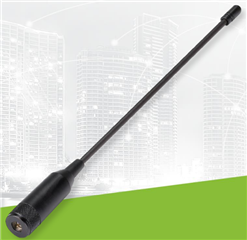Other Parts Discussed in Thread: CC1101, STRIKE
Is it possible to damage/degrade the CC1101 internal power amplifier (PA) if the device is transmitting in presence of potentially powerful EM broadband noise such as an AC drive.
We have devices returning from the field which work ok for couple of weeks but then return with a 20 - 30dB drop in transmit power.
Replacing the CC1101 fixes the issue ( i.e nothing else wrong with the board) i.e we confirmed the damage is local to CC1101
If it is possible that PA is getting damaged. would TX-IF-CCA be able to detect the level of EM noise and prevent the device trying to transmit and potentially prevent damage.
As a side note is there a good explanation of CCA and the thresholds and how it all works?






